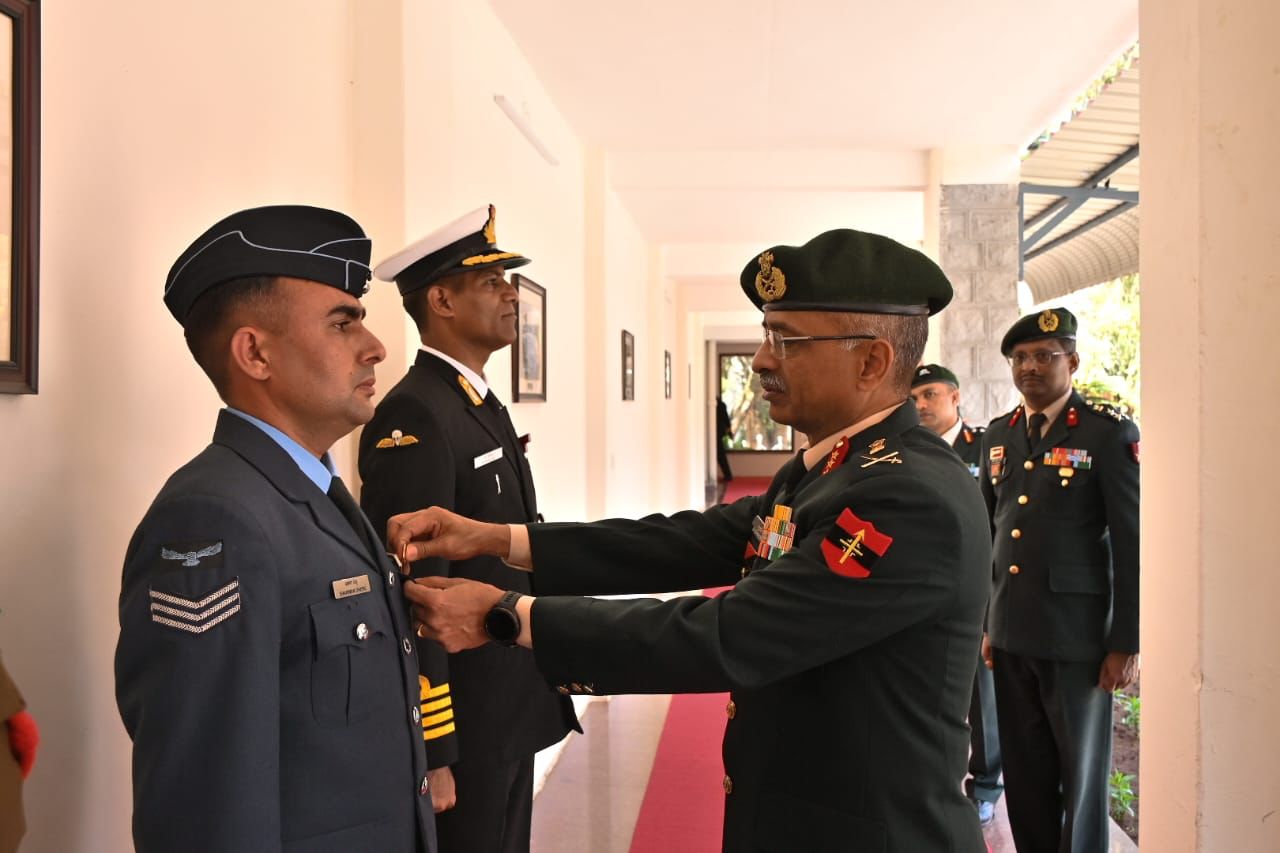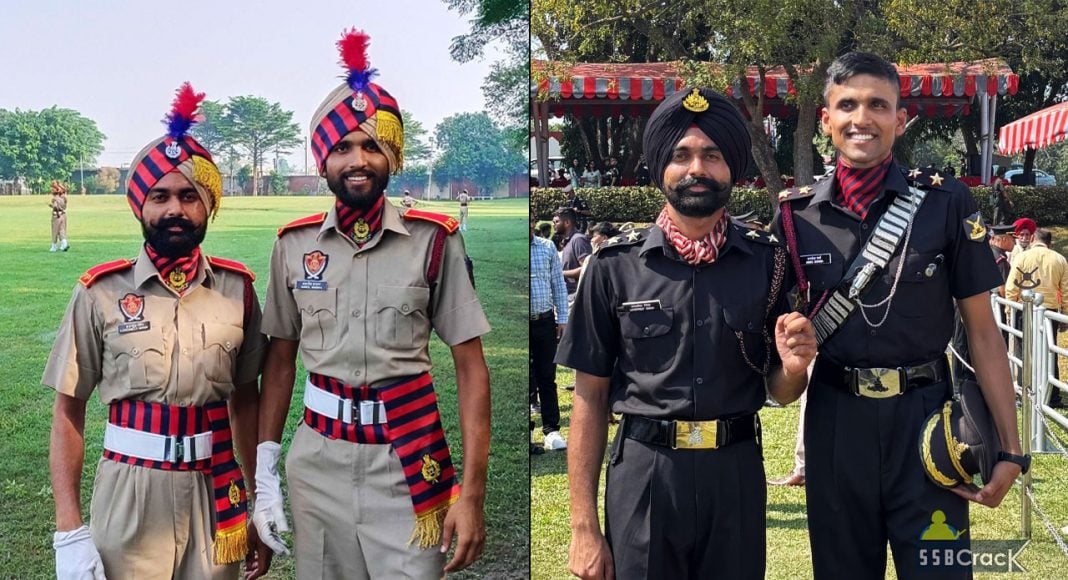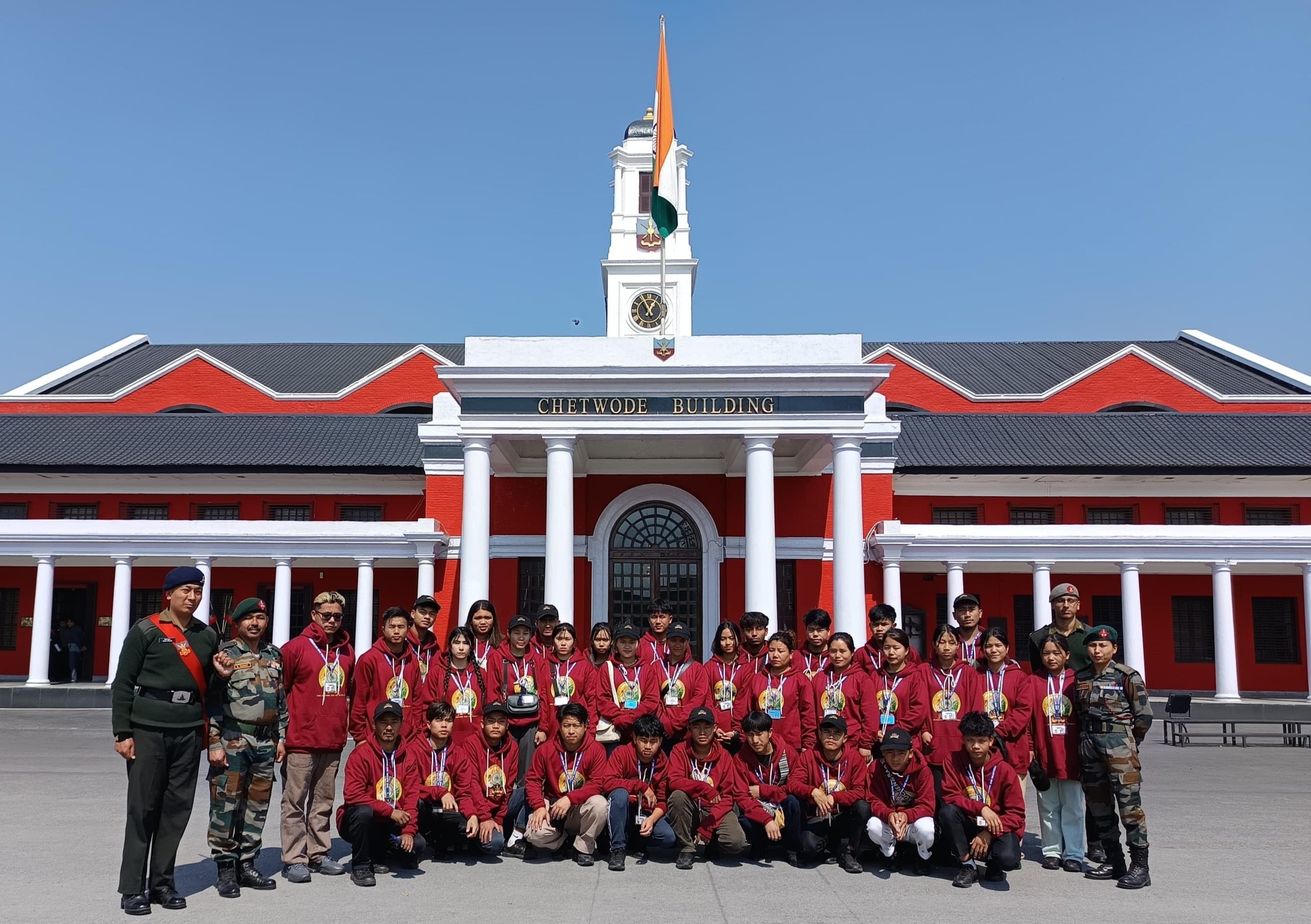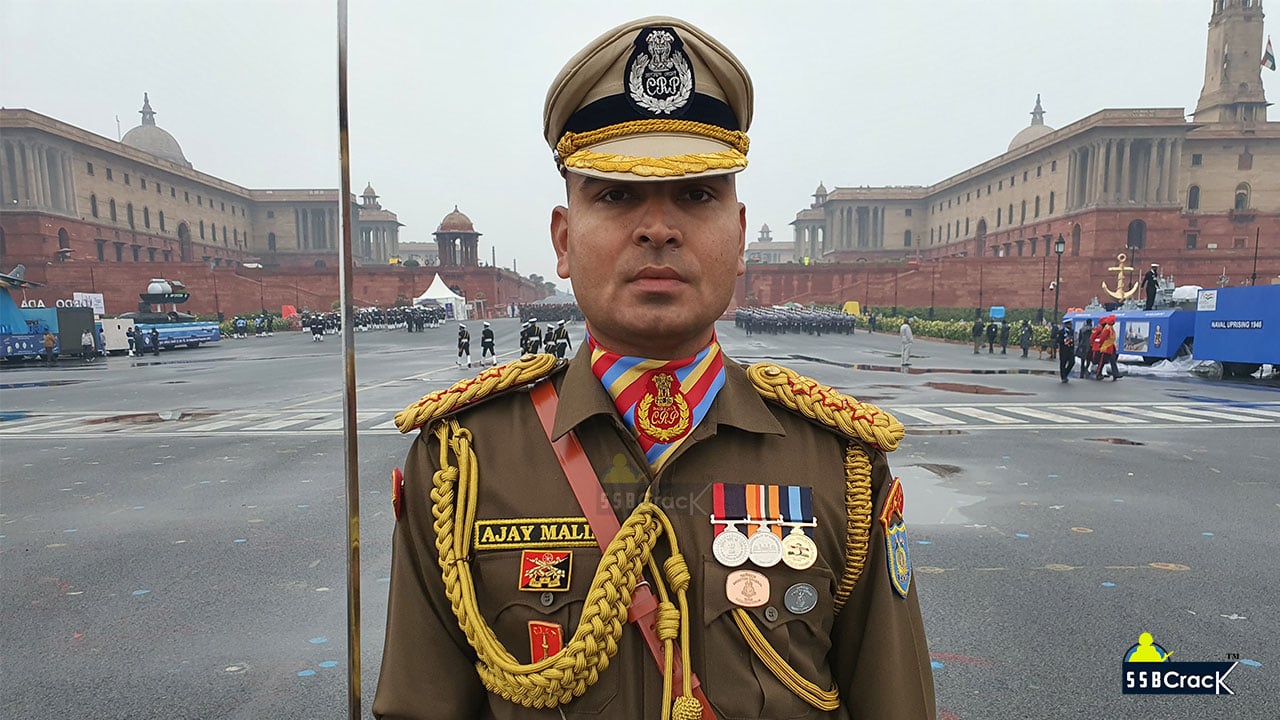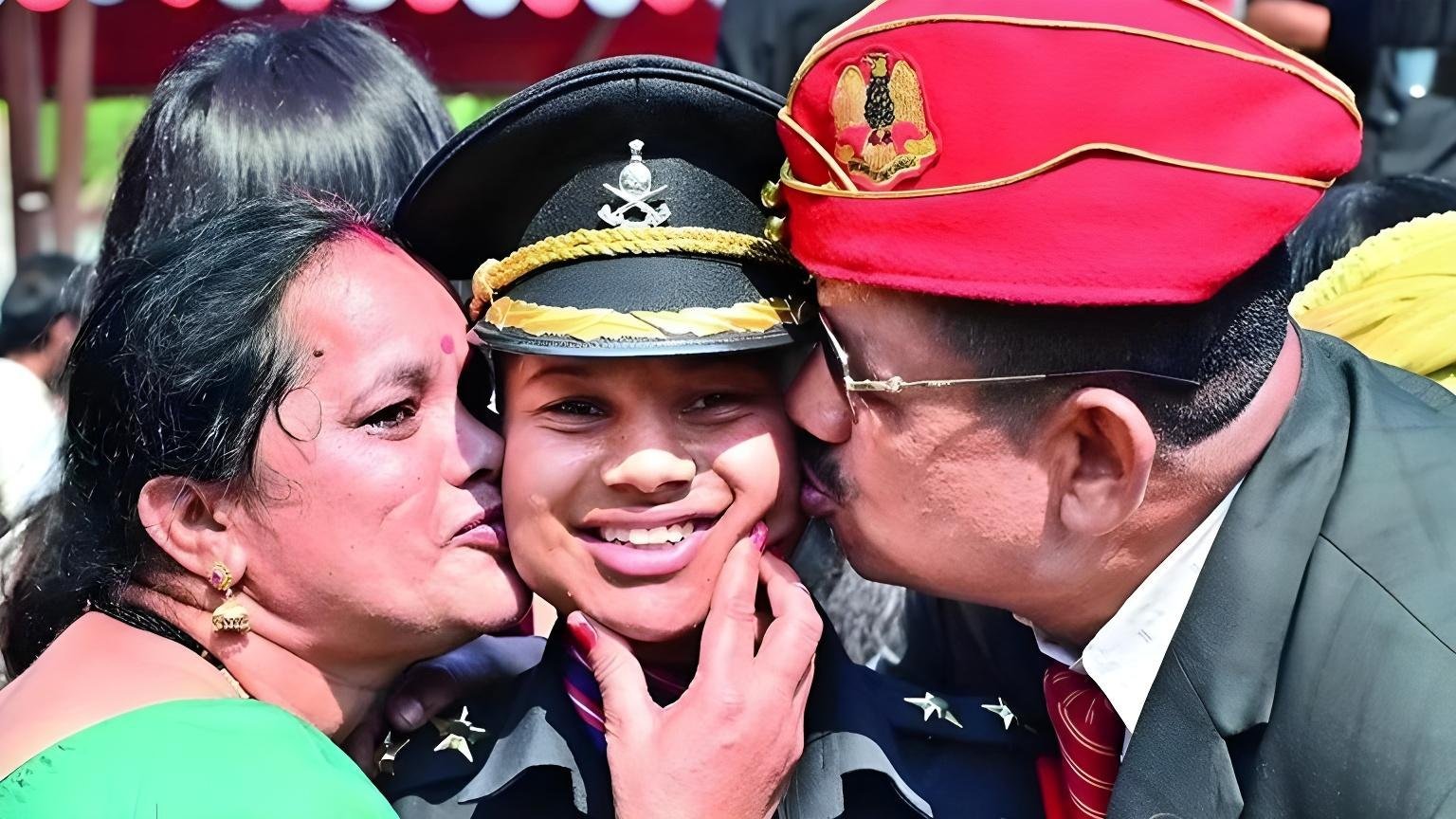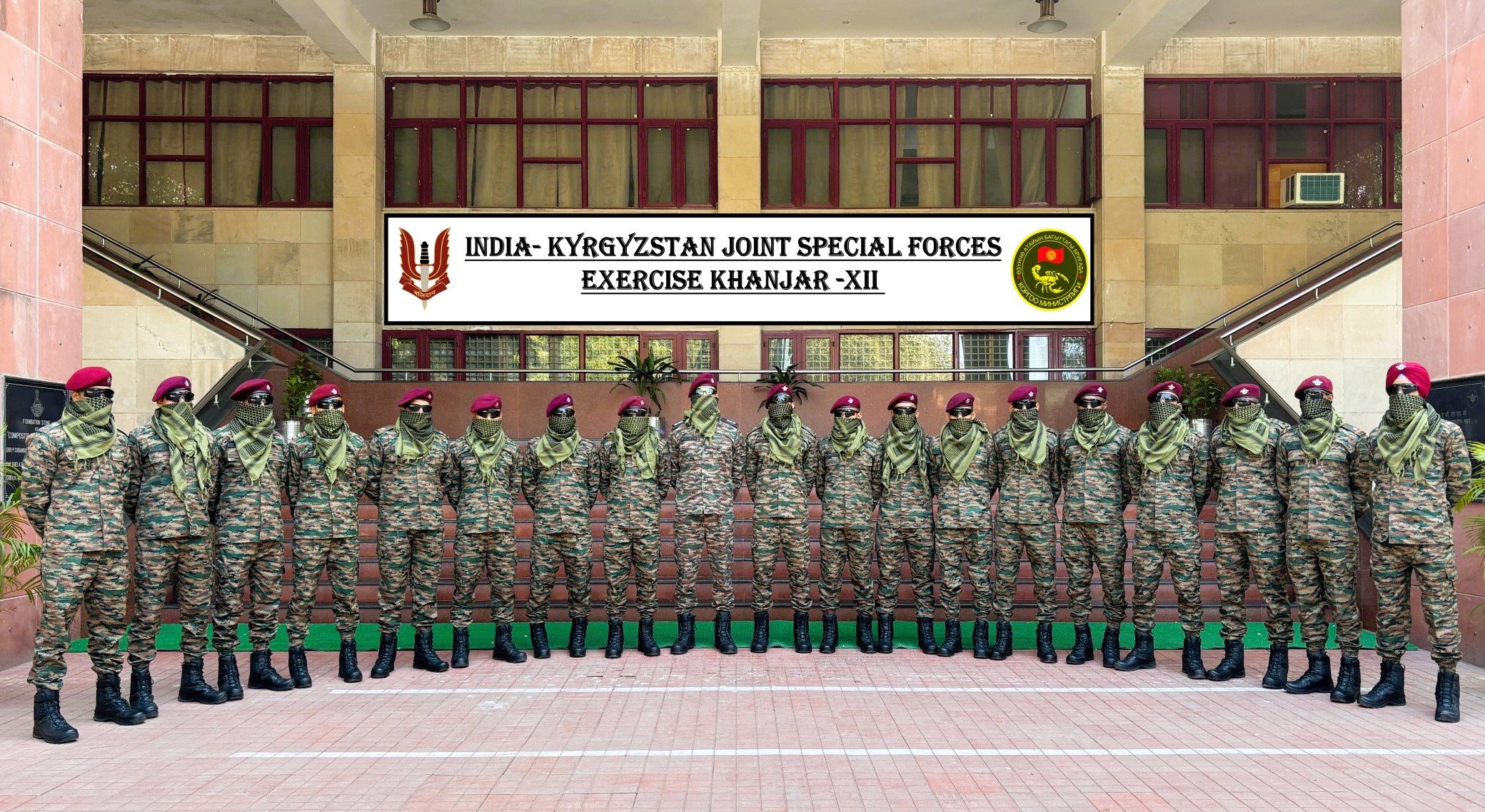Lt Gen MV Suchindra Kumar Delivers Lecture at Defence Services Staff College Wellington
Lieutenant General MV Suchindra Kumar, General Officer Commanding-in-Chief of the Northern Command, recently delivered an insightful lecture on "Operational Dynamics…
From Punjab Police to Indian Army: The Inspiring Journey of Lt. Lovepreet Singh and Lt. Anmol Sharma
The path to greatness is often paved with hardships, failures, and relentless determination. The story of Lt. Lovepreet Singh and…
17 Boys and 11 Girls From Manipur Visit Indian Military Academy Dehradun
As part of its National Integration Tour, a group of 17 boys and 11 girls from Manipur, under the Assam…
UPSC CAPF Assistant Commandant Notification 2025
The Union Public Service Commission (UPSC) has officially released the UPSC CAPF AC 2025 Notification on March 5, 2025. The…
Meet Lieutenant Soni Bisht, Lost Husband A Month After Marriage, Becomes an Army Officer
In the realm of military service, stories of courage and determination often emerge, inspiring generations. One such remarkable tale is…
Exercise Khanjar-XII 2025: Indian Army Special Forces Depart for Kyrgyzstan for Joint Military Drills
The Indian Army’s Special Forces contingent has set forth for Kyrgyzstan to participate in Exercise Khanjar-XII 2025, the 12th edition…

